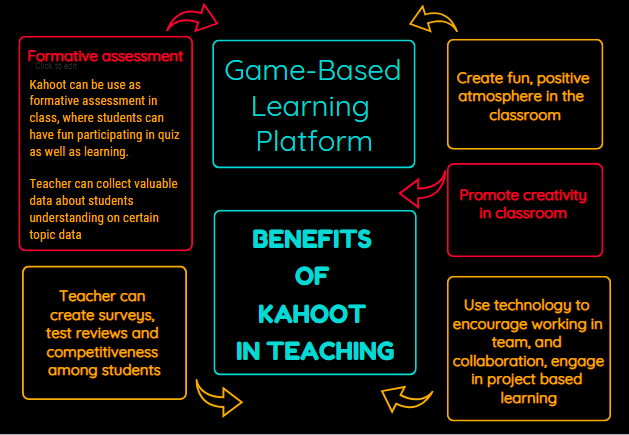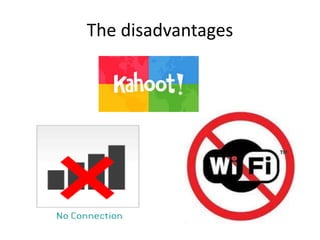Technologies used to assess people’s knowledge, skills, abilities, and learning progress are referred to as assessment technologies. These technologies include computer-based testing (CBT) with simulations and interactive questions, digital platform-based online assessments, and automated proctoring tools that guarantee exam integrity during remote testing. While virtual reality and simulations offer realistic scenarios for skill evaluation, learning management systems (LMS) make it easier to create, administer, and track assessments. On smartphones and tablets, mobile assessment apps provide flexibility for short tests and formative evaluations. Automated scoring systems streamline grading for multiple-choice questions, and adaptive assessments adjust question difficulty based on responses. Rubric-based assessment tools aid in consistently grading assignments, and data analytics provide insights into student performance trends and areas for improvement. These technologies collectively empower educators and institutions to enhance teaching methods, tailor learning experiences, and make informed decisions about curriculum development and student support.
Assessment tools are designed to pinpoint a student’s academic abilities and expertise in a particular field. They play a vital role in developing plans to enhance students’ academic proficiency and learning journeys. These tools assist educators in creating effective teaching strategies tailored to students’ needs. They are not confined to specific subjects but can be utilized across various contexts to identify individuals’ learning styles, behaviors, and responses. Undoubtedly, assessments are indispensable for gauging where students stand in their learning progress. They are critical for determining necessary adjustments to the learning process. These approaches should be clear, focused on goals, and deeply cognitive. Many tech options like Jamboard, Kahoot, Flipgrid, Mentimeter, Google Forms, Laterably, Edpuzzle, Peardeck, Peergrade, and more are available in the world of assessment tools. These tools make it easier and more interesting to assess students’ learning.

In this blog, I am going to talk about a platform called Kahoot that teaches and tests knowledge through games! Kahoot is a widely popular game among people of all ages, which adds to its greatness. It can be used in social settings and outside of the classroom. For this reason, Kahoot may also be known to some parents! All ages can enjoy and access learning with Kahoot in any situation, as it can be accessed through the website or the app on any device. Students can play multiple-choice games connected to the course material created by teachers by entering the game code on their smartphone or other device. A variety of additional game types that are relevant to the curriculum and can make learning enjoyable are offered by Kahoot. A lot of teachers adore Kahoot. The flowing style and striking graphics make learning “fun.” Compared to asking multiple-choice questions and displaying a PowerPoint, this is far superior. Since I frequently believed that Kahoot and related programs are enjoyable review tools, I have used them in the classroom. Many kids are excited to play Kahoot because it will help break up the monotony of a typical school day.
Using Kahoot for Classroom Learning
Teachers can utilize the kahoot platform to create custom quizzes and trivia tailored to their lessons. Within Kahoot, I can choose from various question formats, including multiple-choice, open-ended, whether-or-not, puzzle, and poll questions. When crafting quizzes, I often incorporate graphics, links, and videos to enhance student comprehension and memory retention of the material. During test or exam reviews, I frequently turn to Kahoot! as a tool for interactive study sessions, which students particularly enjoy. The engaging nature of Kahoot aids in their retention of information, making learning more enjoyable. Additionally, the ability to replay games allows students to grasp why their previous answers were incorrect.

Benefits of Utilizing Kahoot
The advantages of Kahoot in the classroom are numerous. Kahoot is adaptable enough to be utilized in a variety of areas, including physical education. Because it emphasizes social learning and makes it enjoyable, Kahoot is an excellent tool for keeping students interested. Because players don’t need to register an account and it runs on any device, it is very easy to use. Most importantly, both teachers and students can use it for free.
- If you’re looking for a new way to reinforce course material or maintain student engagement, Kahoot is the solution you’re looking for. Implementing Kahoot in your classroom can create anticipation for class and boost morale, especially during challenging times such as test preparation.
- Kahoot boasts a remarkably high level of student engagement. Its visual, fast-paced nature sets it apart from traditional daily assessments, making it a favorite among students. The substantial student participation in Kahoot allows teachers to assess student mastery of the material covered more effectively through quizzes and surveys.
- Using Kahoot, teachers can conduct formative assessments for the entire class simultaneously, without adding pressure on the students.
- By introducing a bit of friendly competition, students can stay engaged and motivated to have fun with classmates they might not typically interact with.
- Kahoot’s interface allows teachers to track students’ progress in real time and offer prompt feedback.

Drawbacks of Utilizing Kahoot
- Participating in Kahoot requires students to have their devices, which may not be suitable for schools with restrictions or lacking electronic devices.
- Kahoot relies on an internet connection to access its features, which means that some students may not have access to its appealing attributes.
- Students can also be attracted to Kahoot’s gaming environment
- Additionally, the use of usernames by the students in the game makes it more difficult for the teacher to monitor the growth of his students.

In the realm of remote teaching and learning, Kahoot serves as a tool for formative assessment, elevating student engagement and motivation. Moreover, the positive reception of Kahoot among students as a game-based learning platform indicates its potential to address prevalent knowledge gaps. The utilization of Kahoot correlates with enhanced academic performance among students. Furthermore, integrating Kahoot provides students with opportunities for active participation and collaboration within a community of learners. Embracing the pedagogical advantages of game-based learning platforms like Kahoot is essential for enriching the academic journey of higher education students. Specifically, these systems can simplify complex scientific concepts. Kahoot stands as a catalyst for stimulating and nurturing student learning, facilitating comprehension checks, reinforcing key concepts, and aiding in information retention. Additionally, it empowers educators to cultivate robust in-class discussions and elevate student involvement.

Your blog post delves into the realm of assessment technologies, offering a comprehensive overview of the tools and platforms utilized to assess students’ knowledge and progress. You provide insightful commentary on the importance of these tools in shaping teaching strategies and fostering effective learning environments. Your exploration of Kahoot as a game-based learning platform enriches the discussion, emphasizing its versatility and engagement benefits across diverse subjects and age groups. Your personal experience with Kahoot in the classroom reinforces its effectiveness in boosting student participation and understanding. Additionally, you acknowledge potential drawbacks such as the requirement for electronic devices and internet connectivity. Overall, your blog post serves as a valuable resource for educators seeking to enrich their teaching methodologies and actively engage students through innovative assessment technologies.
Thanks for sharing your thoughts! This was a great read!
Just curious, how might you address the challenges posed by students who may not have access to devices or stable internet connections when using Kahoot for assessments? Are there alternative strategies or tools you employ to ensure inclusivity and fairness in assessment practices? These are problems I have struggled with in the past.